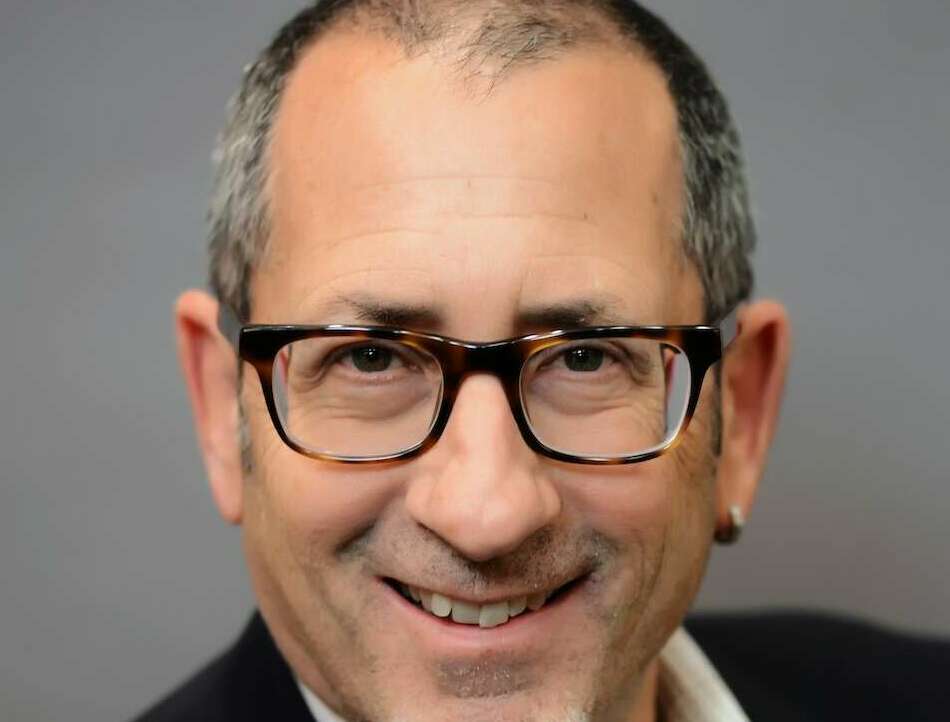Insight By Leidos
How data, analytics and context help secure DoD systems
Recent high-profile cybersecurity incidents hitting both the federal government and the private sector show there's a long way to go in the cyber battle. For the...
Federal News Radio conducted a panel to explore these issues. Participants were:
- Mitchel Komaroff, principal advisor for cybersecurity strategy, planning and oversight in the DOD office of the CIO
- Keith Johnson, chief technology officer and chief engineer for the Defense and Intelligence Group at Leidos
- Servio Medina, chief of the cybersecurity policy branch at the Defense Health Agency.
Much discussion centered on predictive analytics – what it is and how can it apply to network and data protection. Such tools are needed because of the volume of cyber information agencies must assess and the diversity of devices and data types a typical environment encompasses.
Komaroff noted that machine speeds have improved to where they can execute the analytical math that until now has been theoretical. Coupled with tools to put data and analytical output in context, human security operators can make better decisions sooner on how to react to cyber events.
Panelists also delved into strategies for making networks more resilient in the face of attack, and ways of getting to the goal of self-learning and self-healing networks.
Insider threats remain a challenge. But here, too, data can help create better understandings of individuals and their network activity, especially when coupled with third-party, off-network data that gives clues to what might motivate anomalous behavior.
This discussion addresses the above as well as:
- The latest thinking in defensive response when under attack.
- Can agencies accurately attribute attacks, and is that necessary?
- How cloud computing can both enhance and complicate cyber operations.
Moderator
 Tom Temin, Federal News Radio
Tom Temin, Federal News Radio
Tom Temin has been the host of the Federal Drive since 2006. Tom has been reporting on and providing insight to technology markets for more than 30 years. Prior to joining Federal News Radio, Tom was a long-serving editor-in-chief of Government Computer News and Washington Technology magazines. Tom also contributes a regular column on government information technology.
Panelists
 Servio Medina, Chief, Cybsersecurity Policy Branch, Defense Health Agency
Servio Medina, Chief, Cybsersecurity Policy Branch, Defense Health Agency
Servio Medina currently serves as the Defense Health Agency Cyber Security Policy Branch Chief where his work focus includes harmonization of policy objectives for Army, Navy and Air Force medical commands migrating to the DHA and the new Medical Community of Interest (Med COI). His tack is to communicate, clarify, and, only when needed, create cybersecurity policy, and he continues to innovate ways to make cybersecurity hygiene contagious. Medina is a recovering educator with 10 years’ experience teaching mathematics. His interests include cycling, Ultimate, and keeping up with his three kids and wife.
 Mitchell Komaroff, Principal Advisor for Cybersecurity Strategy, Planning & Oversight, Department of Defense CIO
Mitchell Komaroff, Principal Advisor for Cybersecurity Strategy, Planning & Oversight, Department of Defense CIO
Mr. Mitchell Komaroff, a member of the Senior Executive Service, serves as the Principal Advisor for Cybersecurity Strategy, Planning & Oversight for the Department of Defense Chief Information Officer (DoD CIO). In this role, he develops strategies to improve the overall cybersecurity posture of the Department, develops plans to manage DoD’s portfolio of cybersecurity enterprise capabilities, and oversees implementation of cybersecurity initiatives and risk management functions of the Department.
He has previously served in a variety of leadership positions in the DoD CIO, such as the Director, Cybersecurity Implementation and Acquisition Integration; Director, Lifecycle Cybersecurity Risk Management; and Director, Globalization Task Force. He served as the principal architect for the strategies, policies, and processes to mitigate national security risks to DoD arising from the increasing globalization of the supply chains for information and communications technology (ICT), and for telecommunications infrastructure.
He has provided oversight of cybersecurity and trusted systems and networks policy in acquisition and program protection planning, cybersecurity enterprise risk management, and the Committee on Foreign Investment in the US (CFIUS) and Federal Communications Commission Licensing matters, as well as leading development of DoD CIO policies and procedures and for implementation oversight for enterprise cybersecurity infrastructure.
Before joining the DoD CIO, Mr. Komaroff was a computer scientist with the Defense Information Systems Agency (DISA) and with industry, where he worked network quality of service, Cybersecurity Architecture and Information Management issues.
Mr. Komaroff holds a Masters of Science degree in Mathematics from George Mason University and a Juris Doctor degree from the University of Maryland.
 Keith Johnson, Chief Technology Officer and Chief Engineer, Defense & Intelligence Group, Leidos
Keith Johnson, Chief Technology Officer and Chief Engineer, Defense & Intelligence Group, Leidos
Keith Johnson, CTO & CE within Leidos’ Defense & Intelligence business, is responsible for identifying, developing, and driving new technologies into customer-focused solutions. Mr. Johnson leads investments in enterprise IT modernization, full spectrum cyber, and advanced analytics capabilities. Previously Mr. Johnson was the Technical Director for Advanced Analytics at Lockheed Martin leading big data investments in multi-INT fusion, activity-based intelligence, and open source intelligence. Prior to joining Lockheed Martin, Mr. Johnson was part of a venture capital group focused on technology startups in the telecommunications industry. Earlier in his career, he was a nuclear engineer for the U.S. Navy. Mr. Johnson has a Bachelor of Science degree in chemical engineering from Rice University and masters in engineering administration from Virginia Tech.
Copyright © 2025 Federal News Network. All rights reserved. This website is not intended for users located within the European Economic Area.




